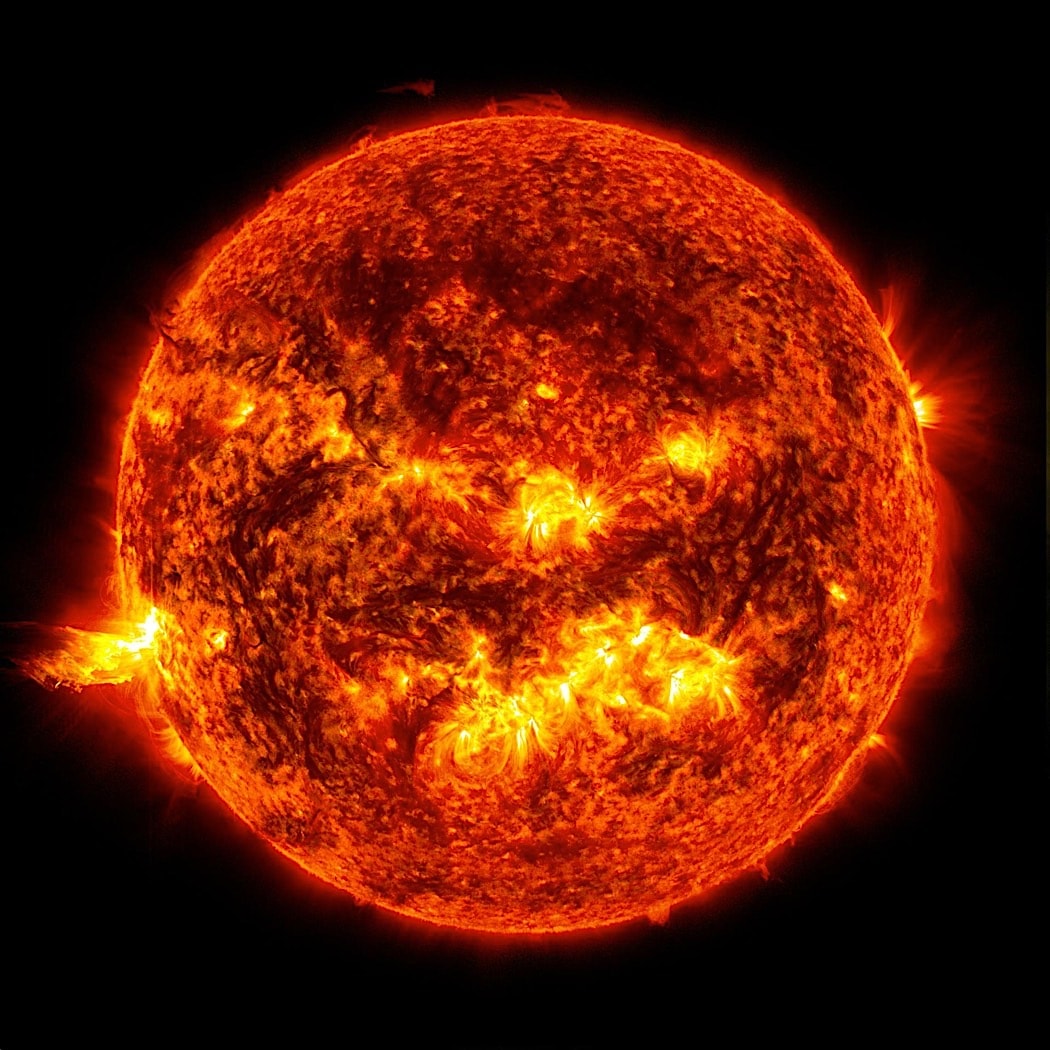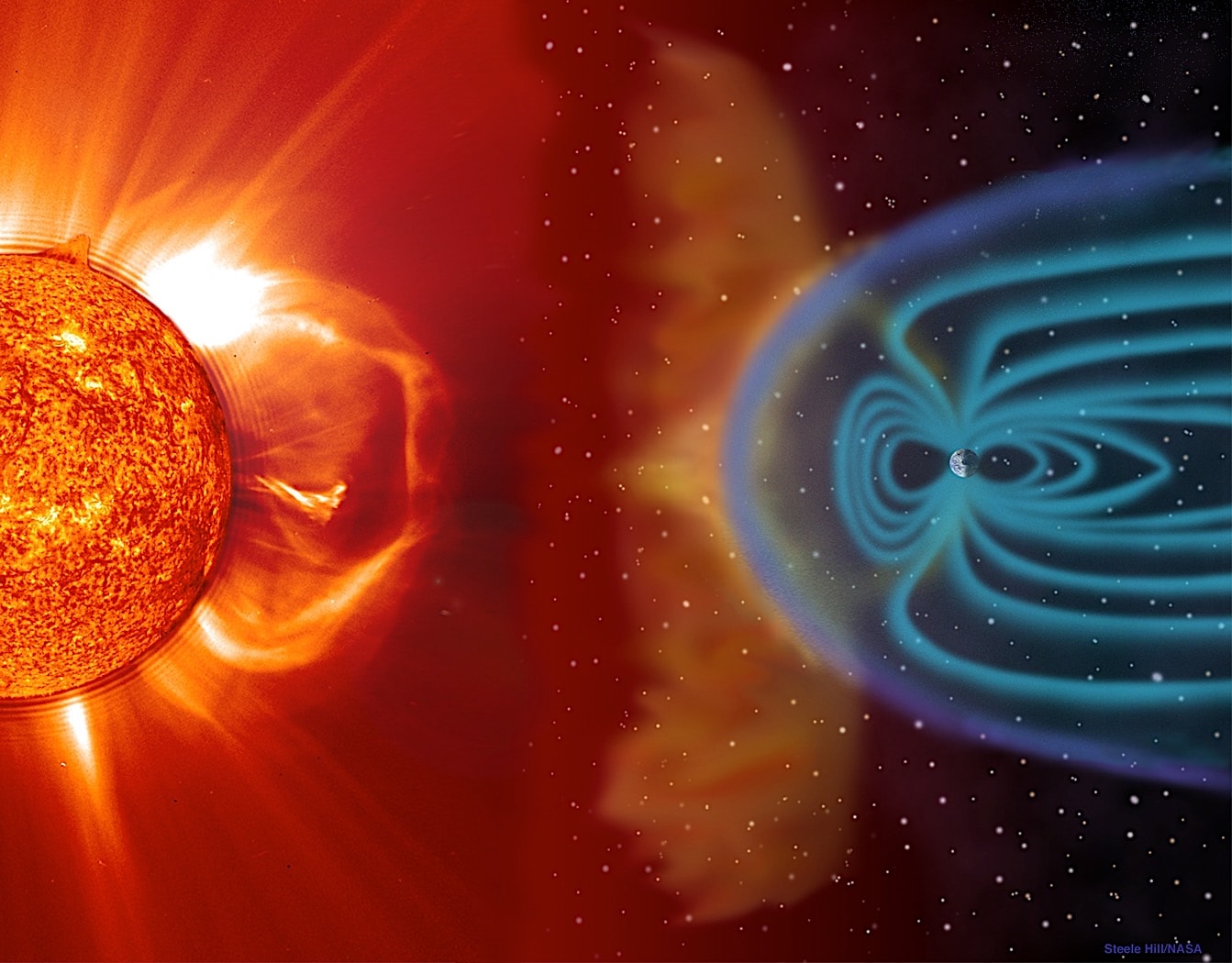The Sun, often overlooked in our daily lives, is the lifeblood of our planet. Its constant presence provides warmth and security, but its significance extends far beyond the mundane. It is the Sun’s energy that sustains life on Earth, making it an extraordinary celestial body.
However, amidst its remarkable qualities, the Sun is merely one star among billions in the vast cosmos. NASA’s upcoming mission, FURST, aims to explore this cosmic reality. FURST, an acronym for Full-Sun Ultraviolet Rocket SpecTrograph, is a groundbreaking instrument designed to study the Sun as just another star.
By capturing high-resolution spectra of the Sun in vacuum ultraviolet, a wavelength absorbed by Earth’s atmosphere, FURST will provide scientists with a unique perspective on our star. This new data will help us understand the Sun’s fundamental processes, such as energy production and magnetic field generation, in unprecedented detail.

Unlike previous solar observations, FURST will not be limited by the Earth’s atmosphere. This allows it to capture the full spectrum of the Sun’s ultraviolet radiation, revealing hidden features and processes that have been obscured from view.
By studying the Sun’s ultraviolet emissions, scientists can gain insights into the Sun’s outer atmosphere, the corona, and its influence on the solar wind, a stream of charged particles that interacts with Earth’s magnetic field.
FURST’s findings will have significant implications for our understanding of the Sun’s role in the solar system and beyond. By studying the Sun’s behavior, scientists can better predict solar storms, which can disrupt communication systems and power grids on Earth. Additionally, FURST’s data will provide valuable insights into the formation and evolution of stars, helping us to understand the universe on a larger scale.
The FURST, a collaborative project between the Marshall Space Flight Center and Montana State University, is poised to revolutionize our understanding of the Sun’s outer atmosphere. Equipped with a sophisticated optical system, FURST will capture seven distinct images of the Sun across the entire ultraviolet spectrum, providing a comprehensive view of its dynamic activity.
These images will offer unprecedented clarity into the Sun’s corona and chromosphere, two regions that have long puzzled scientists due to their extreme temperatures and complex magnetic processes. Originally scheduled for launch on August 11th, the mission was temporarily postponed due to technical issues with the cooling system.

However, the launch remains imminent, and the scientific community eagerly awaits the opportunity to explore the Sun’s secrets. Once launched on a Black Brant IX-sounding rocket, FURST will have a limited window of five minutes to capture its precious data.
During this brief period, the rocket will ascend to its target altitude, allowing the instrument to observe the Sun’s corona and chromosphere in unprecedented detail.
The data collected by FURST is expected to shed light on the underlying processes that drive the heating of these regions, as well as the intricate interplay of magnetic fields in the Sun and beyond.
By studying the Sun’s outer atmosphere, scientists hope to gain a better understanding of solar flares, coronal mass ejections, and other phenomena that can have significant impacts on Earth. Furthermore, the insights gained from FURST could help us unravel the mysteries of magnetic reconnection, a fundamental process that occurs throughout the Universe.

